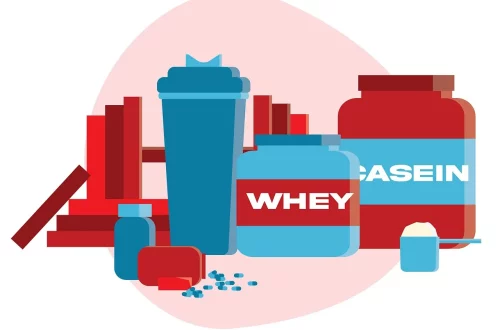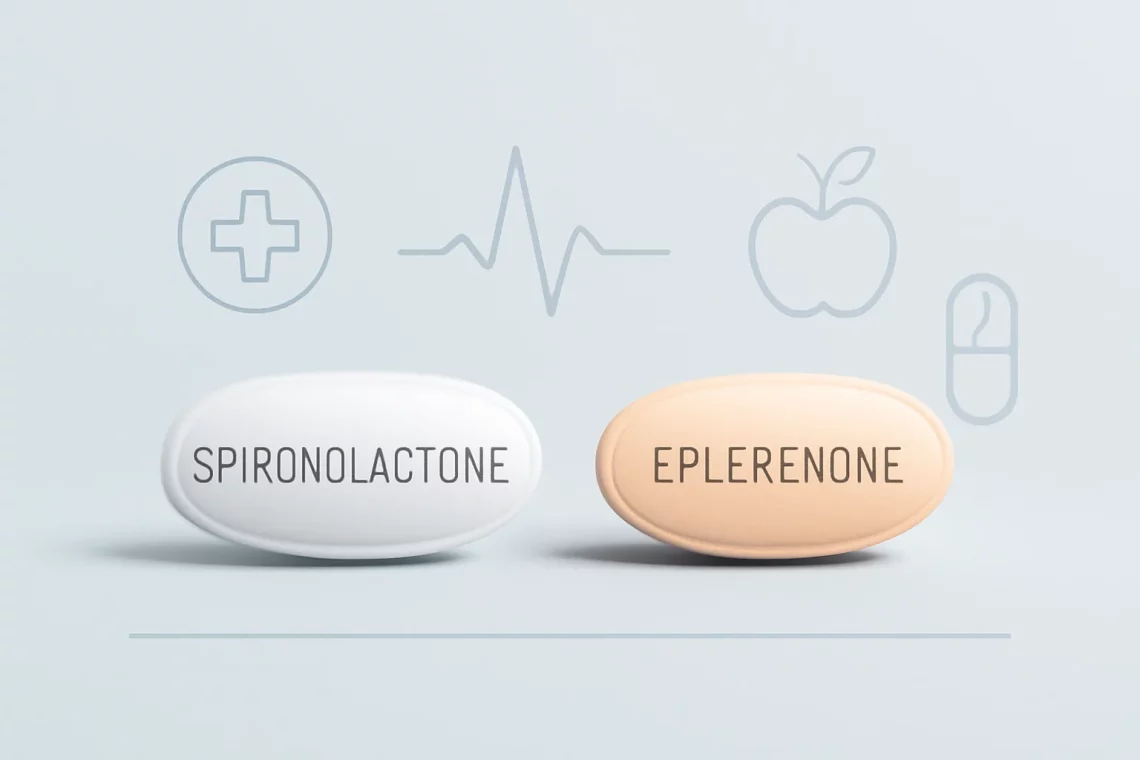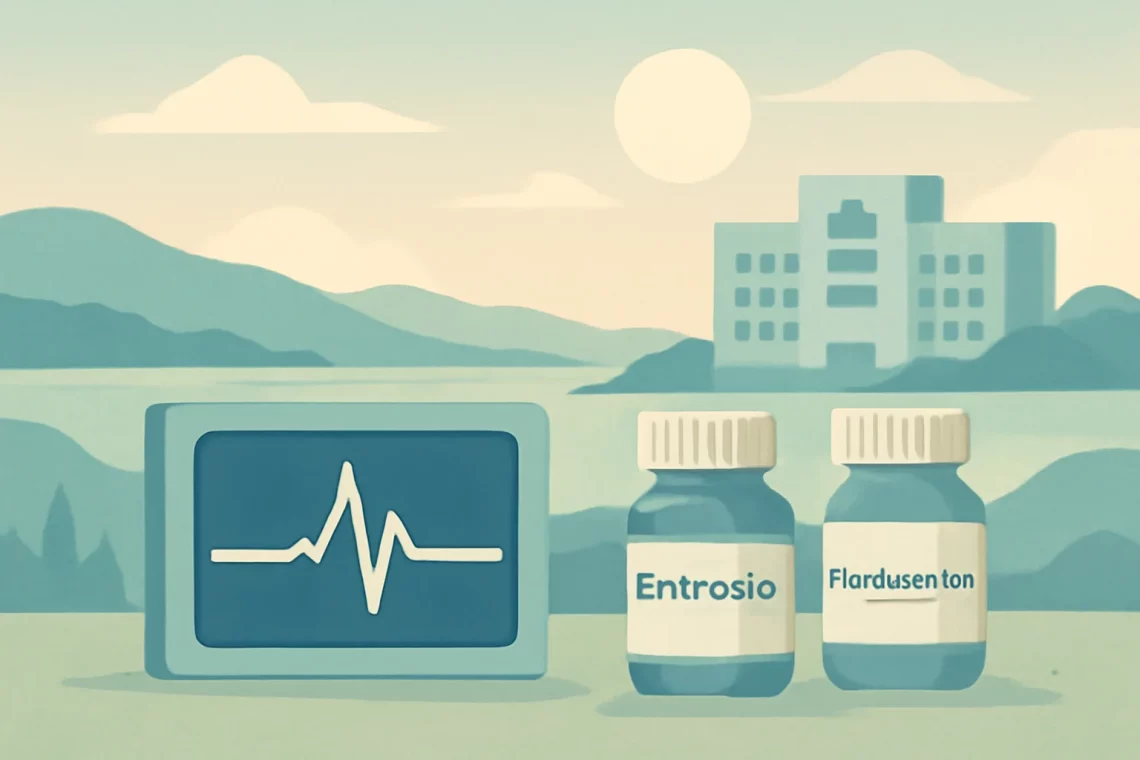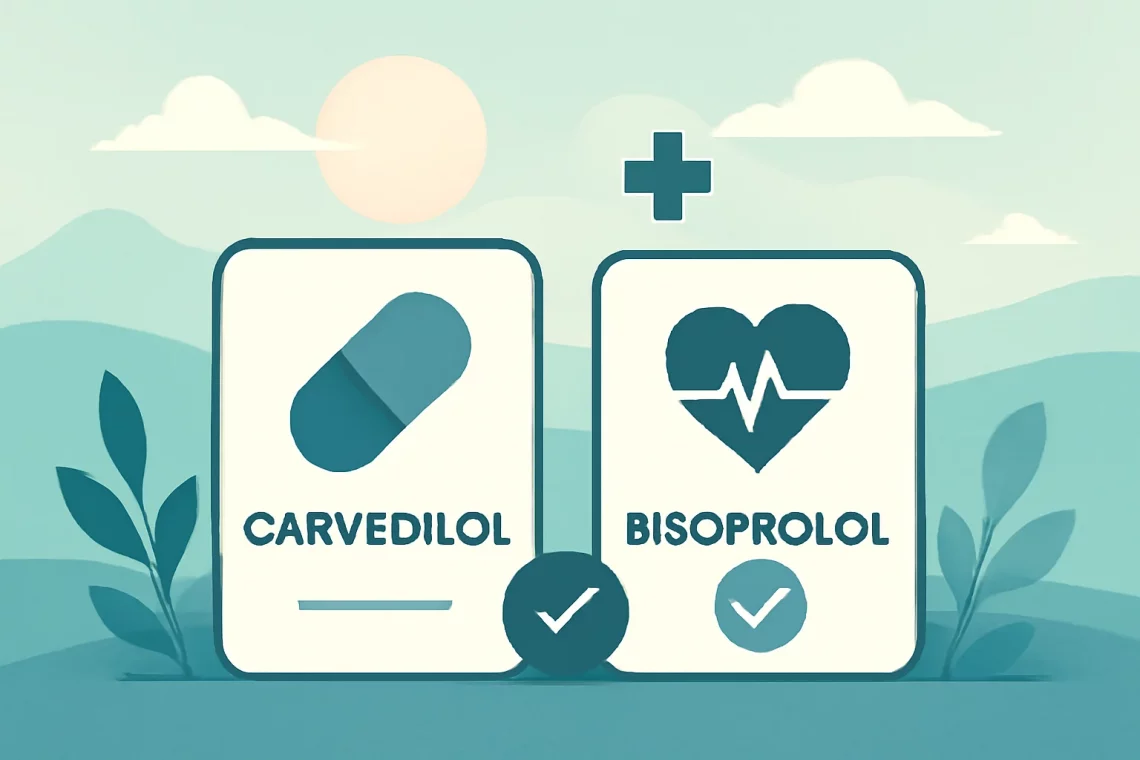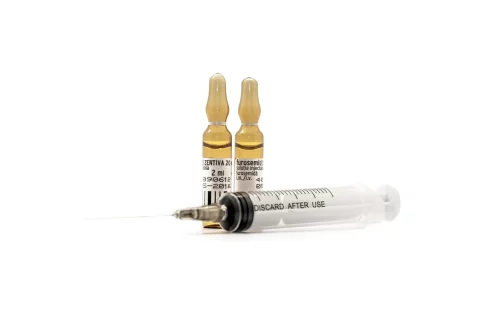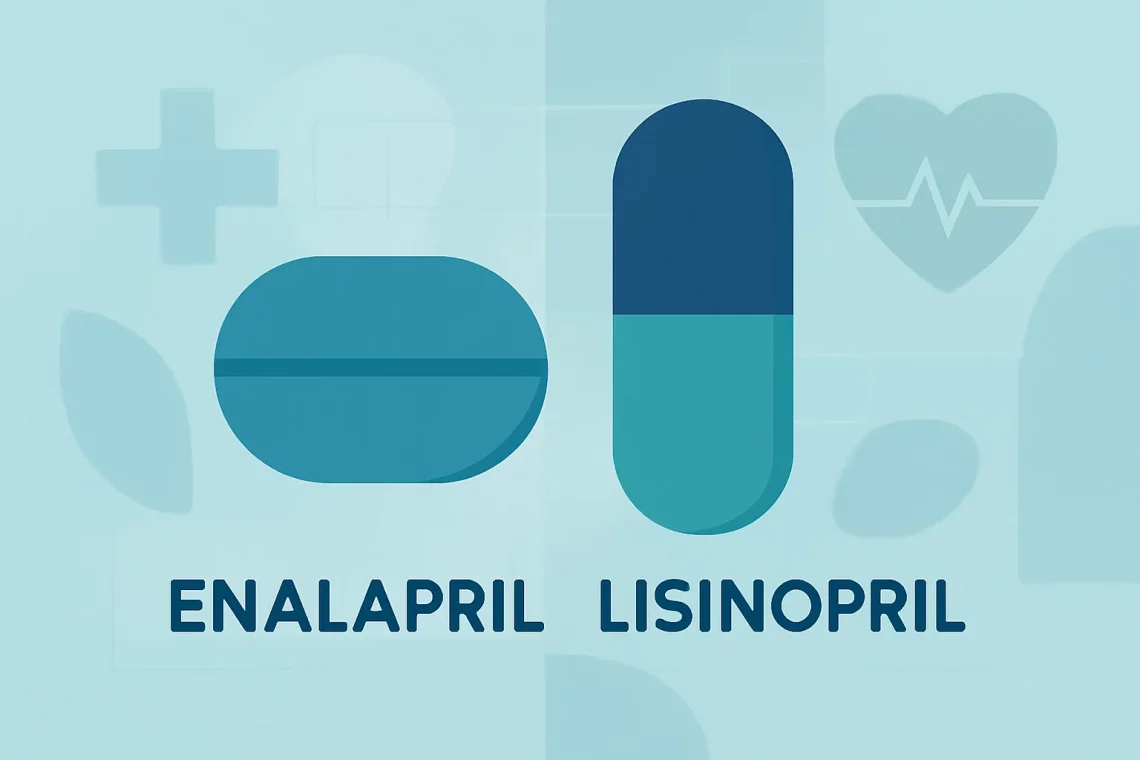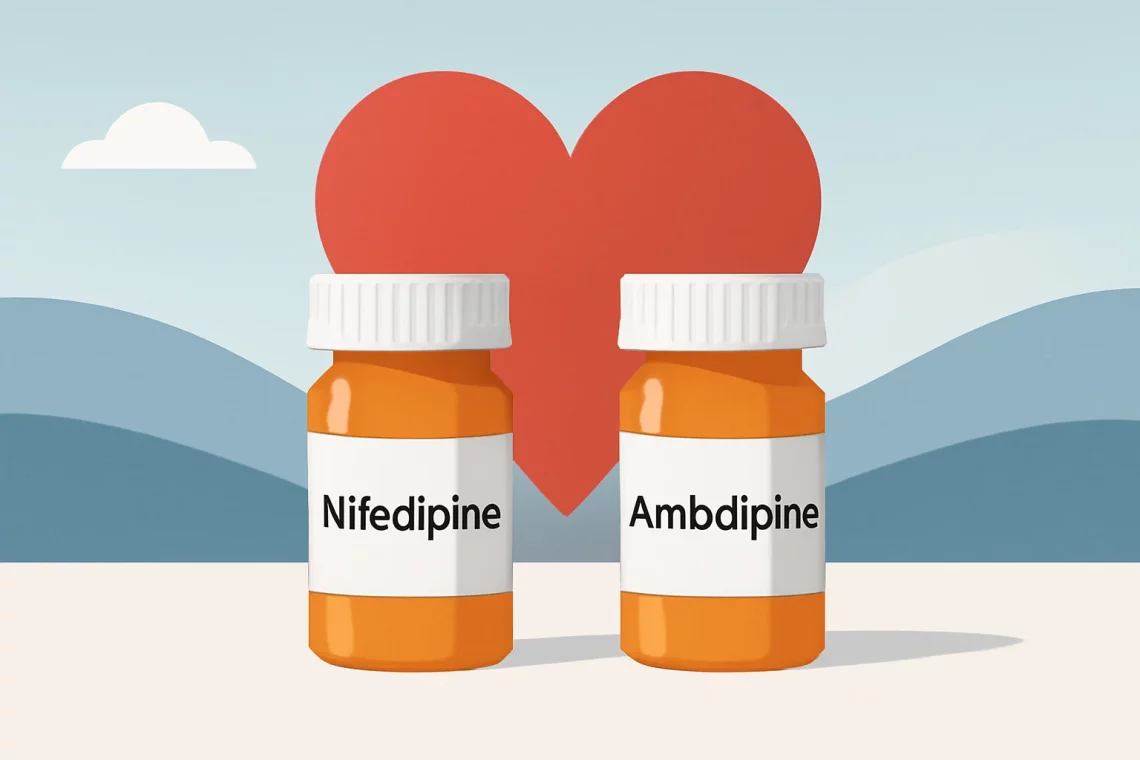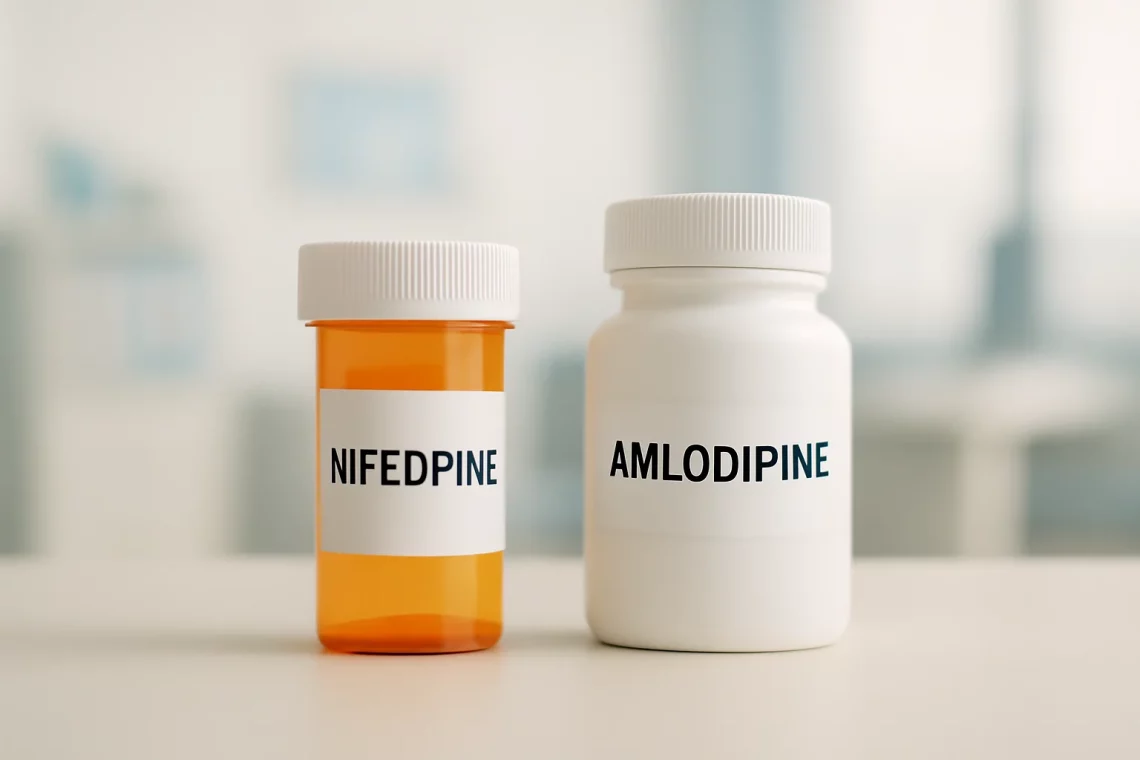-
Spironolactone vs Eplerenone: Which is Right for You?
Spironolactone and eplerenone are two medications that play significant roles in the management of various medical conditions, particularly those related to cardiovascular health and fluid retention. They belong to a class of drugs known as aldosterone antagonists, which are primarily used to treat conditions such as hypertension, heart failure, and certain hormonal disorders. Both of these medications work by inhibiting the effects of aldosterone, a hormone that regulates sodium and water balance in the body, leading to increased excretion of sodium and water while retaining potassium. Understanding the differences and similarities between spironolactone and eplerenone can be crucial for patients and healthcare providers alike. While they share a common mechanism…
-
Spironolactone vs Eplerenone: Which Diuretic is Right for You?
Spironolactone and eplerenone are two medications that play a significant role in the field of cardiology and endocrinology. Both belong to a class of drugs known as aldosterone antagonists, which are primarily used to treat conditions associated with fluid retention and high blood pressure. While they share similarities in their mechanisms of action and therapeutic applications, they also exhibit distinct differences that can influence treatment decisions. Understanding the nuances between spironolactone and eplerenone is crucial for healthcare providers and patients alike. These differences can affect efficacy, side effects, and overall patient experience. As both medications work by blocking the effects of aldosterone, they help in managing conditions such as congestive…
-
Entresto vs Candesartan: Which Heart Failure Treatment Is Better?
Managing cardiovascular health is crucial for overall well-being, and a range of medications are available to help individuals manage conditions such as hypertension and heart failure. Among these medications, Entresto and Candesartan have gained prominence for their effectiveness in treating heart-related issues. Both of these drugs are designed to lower blood pressure and reduce the strain on the heart, but they work in different ways and have distinct profiles. Entresto, a combination of sacubitril and valsartan, operates by inhibiting a specific enzyme that breaks down natriuretic peptides, which are hormones that help regulate blood pressure and fluid balance. This dual action not only lowers blood pressure but also offers additional…
-
Carvedilol vs Bisoprolol Which Beta-Blocker Is Right for You?
Carvedilol and bisoprolol are two prominent medications commonly prescribed for managing cardiovascular conditions, particularly hypertension and heart failure. As beta-blockers, they share similar mechanisms of action but differ in their specific applications, side effects, and efficacy profiles. Understanding these differences is essential for both healthcare professionals and patients to make informed decisions about treatment options. In recent years, the focus on cardiovascular health has intensified, with a growing emphasis on personalized medicine. This approach tailors treatment plans to individual patient needs, making it crucial to compare various medications. Carvedilol is known for its ability to provide additional benefits beyond heart rate reduction, such as vasodilation, which can lead to improved…
-
Enalapril vs Lisinopril: Which Medication is Right for You?
Enalapril and lisinopril are two widely used medications in the treatment of hypertension and heart failure. Both belong to the class of medications known as ACE inhibitors, which play a crucial role in managing blood pressure by relaxing blood vessels. This leads to improved blood flow and reduced workload on the heart. Despite their similarities, enalapril and lisinopril possess distinct characteristics that may influence a healthcare provider’s choice of one over the other for a particular patient. The decision often hinges on various factors, including the patient’s overall health profile, other underlying conditions, and potential interactions with other medications. The way these drugs are metabolized and eliminated from the body…
-
Nifedipine vs Amlodipine: Which Medication is Right for You?
High blood pressure and certain heart conditions are prevalent health issues that affect millions of individuals worldwide. As the demand for effective treatments grows, various medications have been developed to help manage these conditions. Among them, calcium channel blockers have gained prominence for their ability to relax blood vessels and improve blood flow. Two widely used medications in this category are nifedipine and amlodipine. Both drugs are effective in lowering blood pressure and are often prescribed to patients dealing with hypertension or angina. Despite their similarities, nifedipine and amlodipine have distinct properties, mechanisms of action, and side effect profiles that can influence a healthcare provider’s choice in prescribing one over…
-
Nifedipine vs Amlodipine: Which is Better for Blood Pressure Management?
Nifedipine and amlodipine are both medications that belong to the class of calcium channel blockers, which are primarily used in the treatment of hypertension and angina. These drugs work by inhibiting the influx of calcium ions into the smooth muscle cells of the heart and blood vessels, leading to vasodilation and a subsequent decrease in blood pressure. As cardiovascular diseases continue to be a significant concern worldwide, understanding the nuances between these two medications can empower patients and healthcare providers to make informed decisions regarding treatment options. The choice between nifedipine and amlodipine may depend on various factors, including the specific health conditions of the patient, their medical history, and…
-
Furosemide vs Bumetanide: Which Diuretic is Right for You?
Furosemide and bumetanide are two medications belonging to the class of diuretics, commonly referred to as “water pills.” These drugs play a pivotal role in managing fluid retention and hypertension, conditions that can lead to more severe health issues if left unattended. While both are effective in their respective uses, they have distinct characteristics that can influence a healthcare provider’s choice based on individual patient needs. Diuretics work by promoting the excretion of sodium and water from the body, thereby reducing blood volume and, consequently, blood pressure. This mechanism is particularly beneficial for patients suffering from conditions such as congestive heart failure, liver cirrhosis, and kidney disorders. Despite their similarities,…
-
Amlodipine vs Nifedipine: Which is Better for Your Heart Health?
Amlodipine and nifedipine are both medications used primarily in the management of hypertension and certain forms of angina. As calcium channel blockers, they work by relaxing the blood vessels, allowing for improved blood flow and reduced strain on the heart. Although they share a common mechanism, the two medications differ in their pharmacological properties, indications, and side effects. Understanding these differences can help patients and healthcare providers make informed decisions regarding the best treatment options. Hypertension, often referred to as high blood pressure, is a chronic condition that can lead to severe health complications if not managed properly. The prevalence of hypertension has been on the rise, prompting the need…
-
Lisinopril vs Valsartan: Which Medication is Right for You?
The management of hypertension and heart-related conditions is critical in promoting overall wellness. Among the various pharmacological agents available, Lisinopril and Valsartan are two commonly prescribed medications that have garnered significant attention. Both drugs are utilized for treating high blood pressure and heart failure, yet they belong to different classes and operate through distinct mechanisms. Understanding the nuances of these medications can empower patients and healthcare providers to make informed decisions regarding treatment options. Lisinopril is an angiotensin-converting enzyme (ACE) inhibitor, while Valsartan is classified as an angiotensin II receptor blocker (ARB). The differences in their mechanisms of action can influence their efficacy, side effects, and overall patient experience. Furthermore,…

